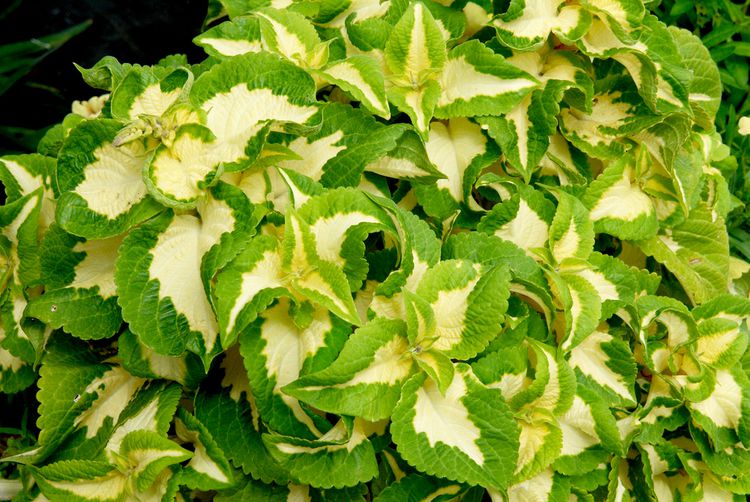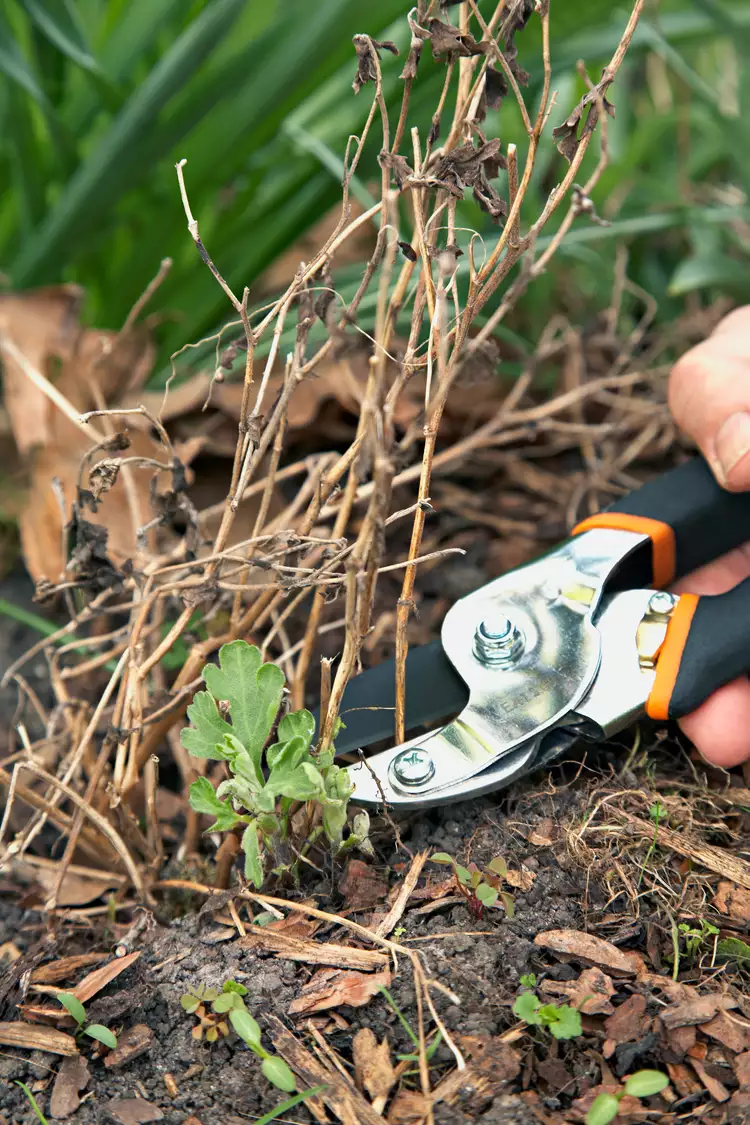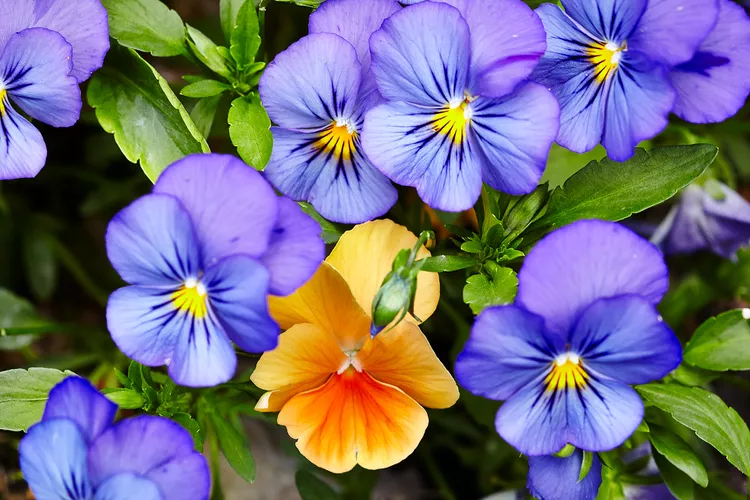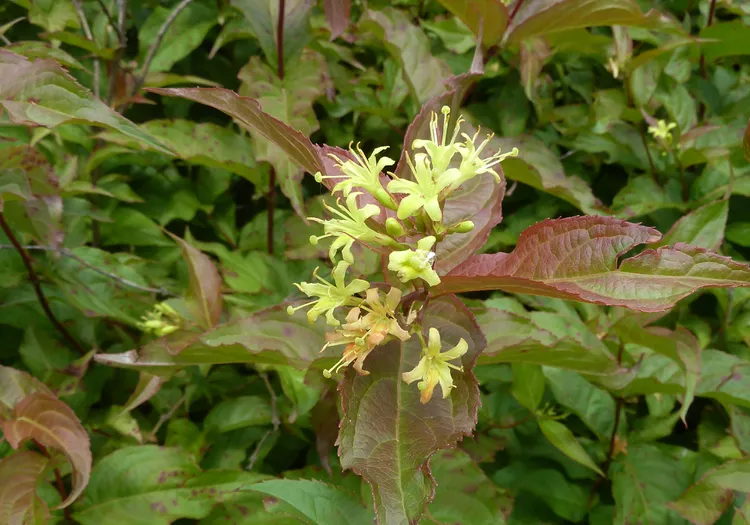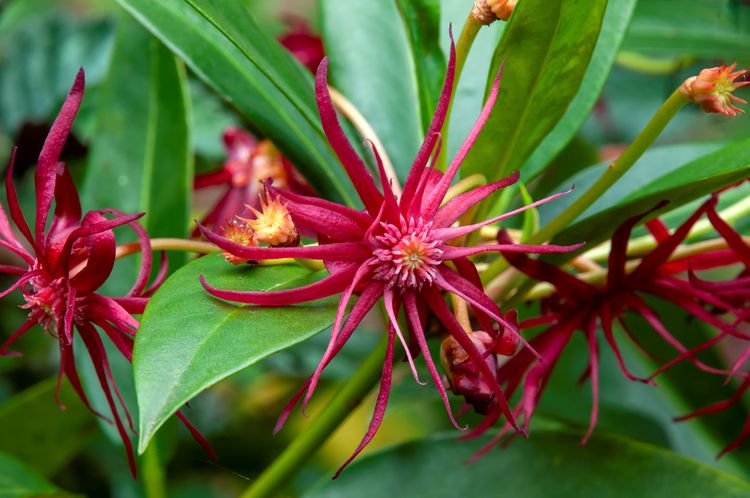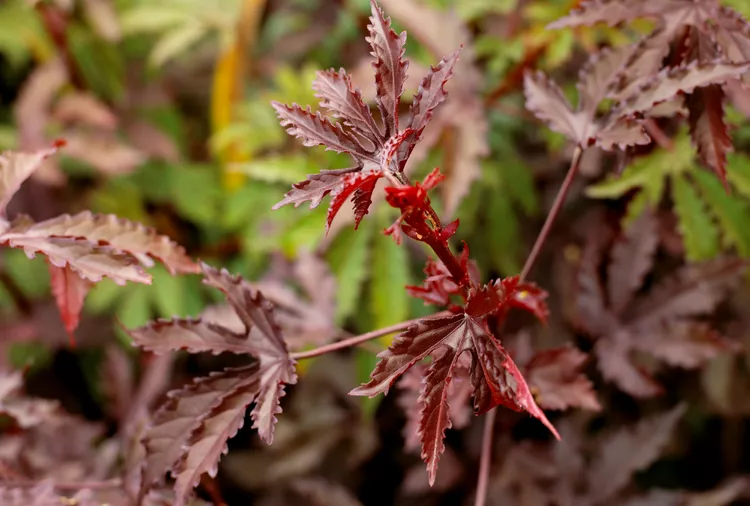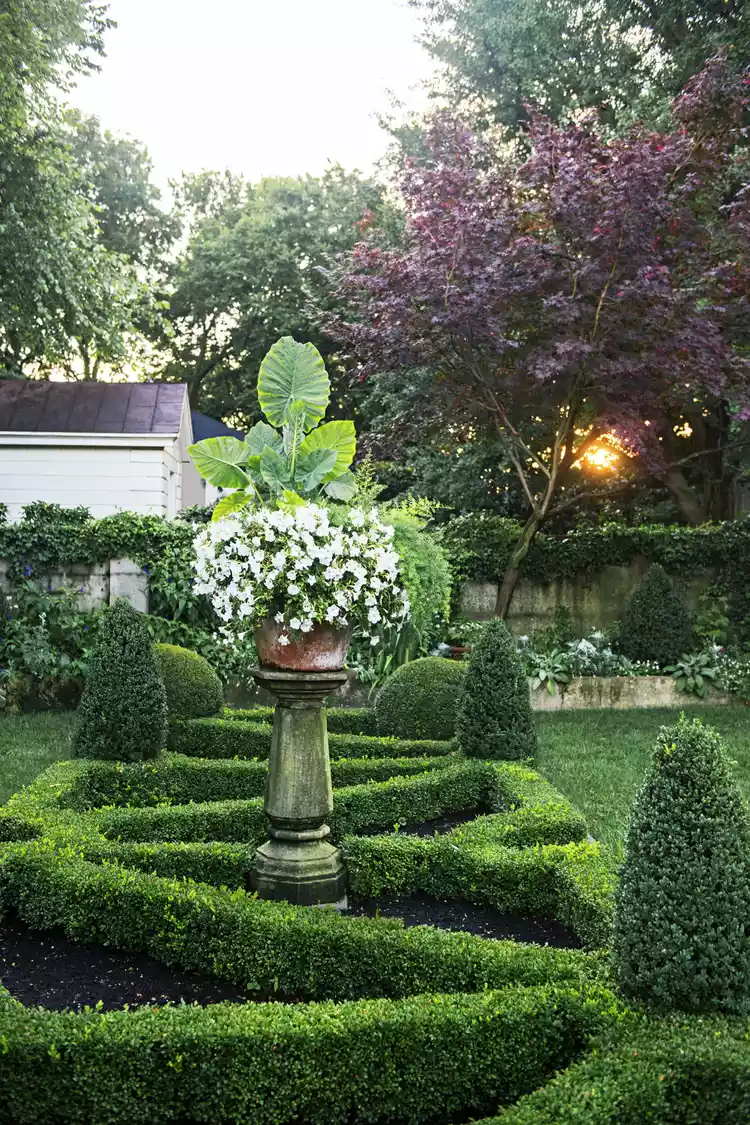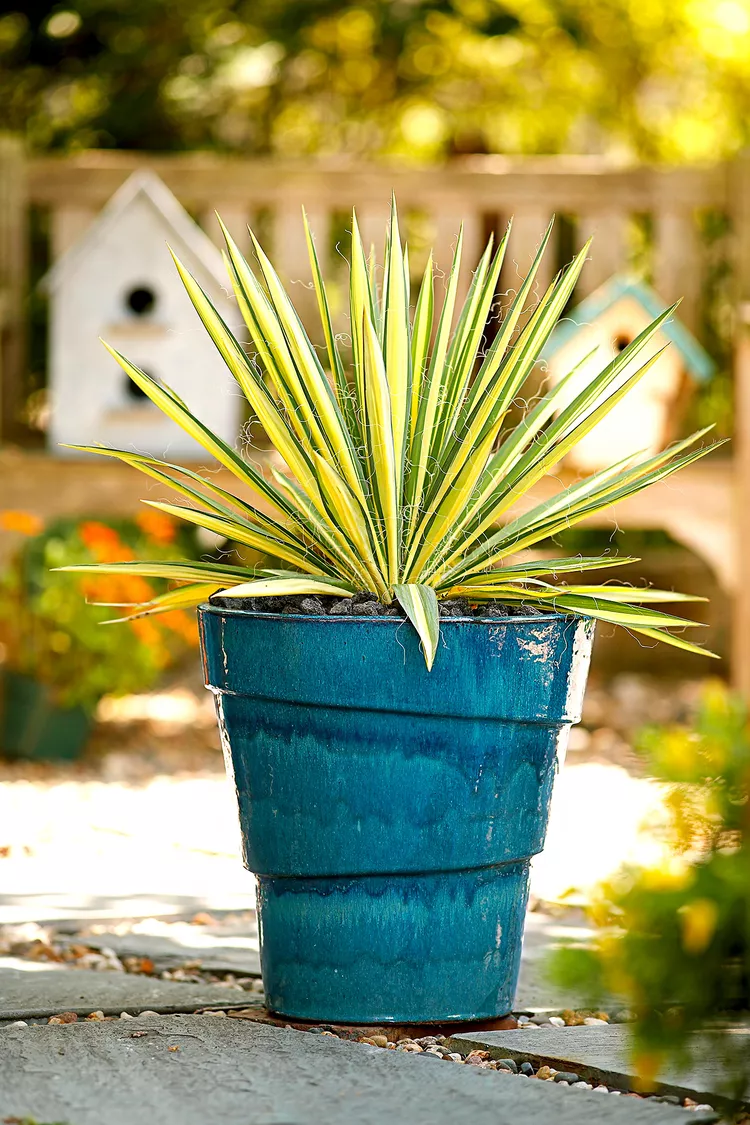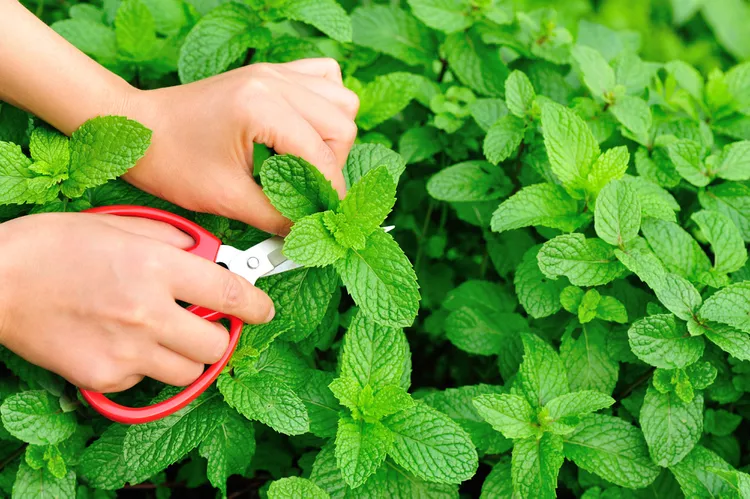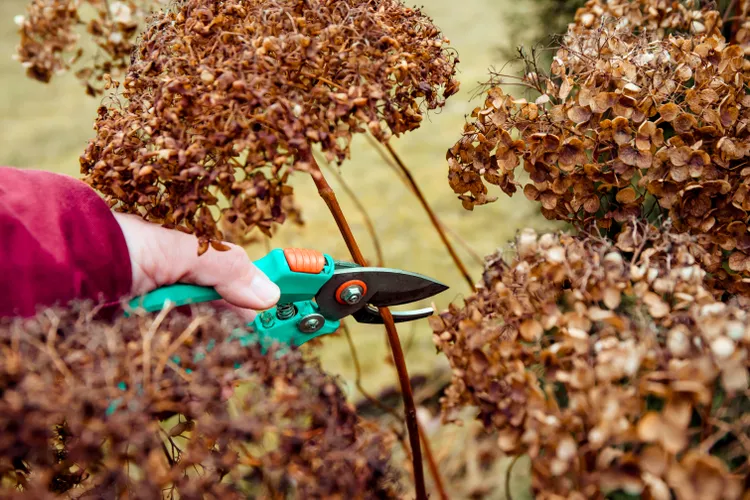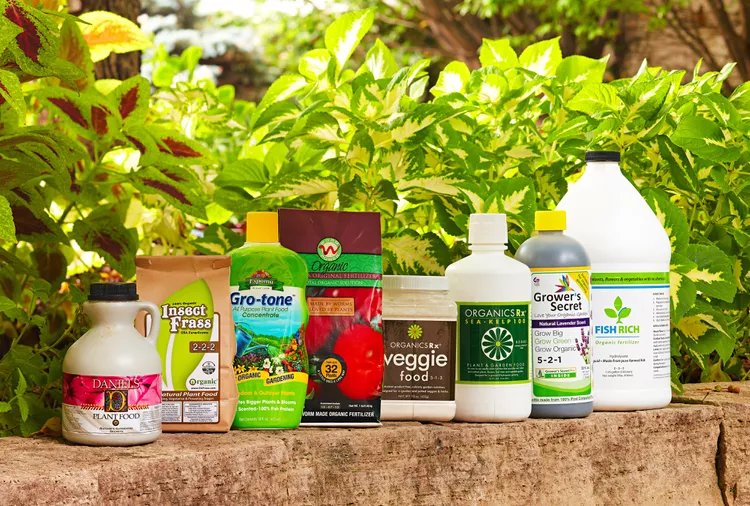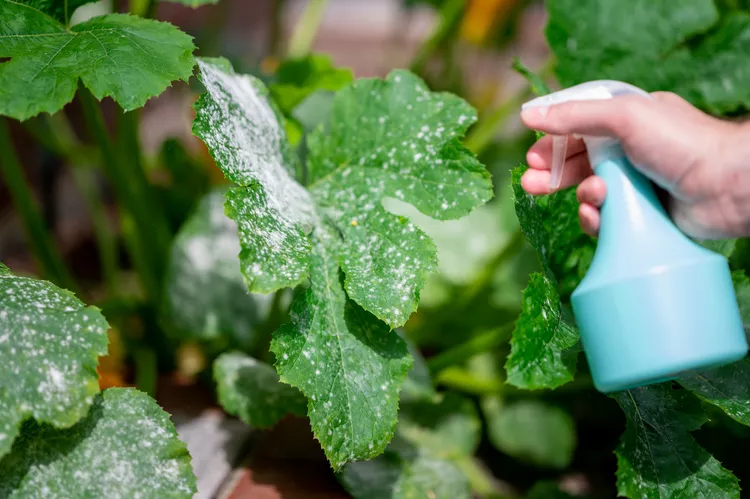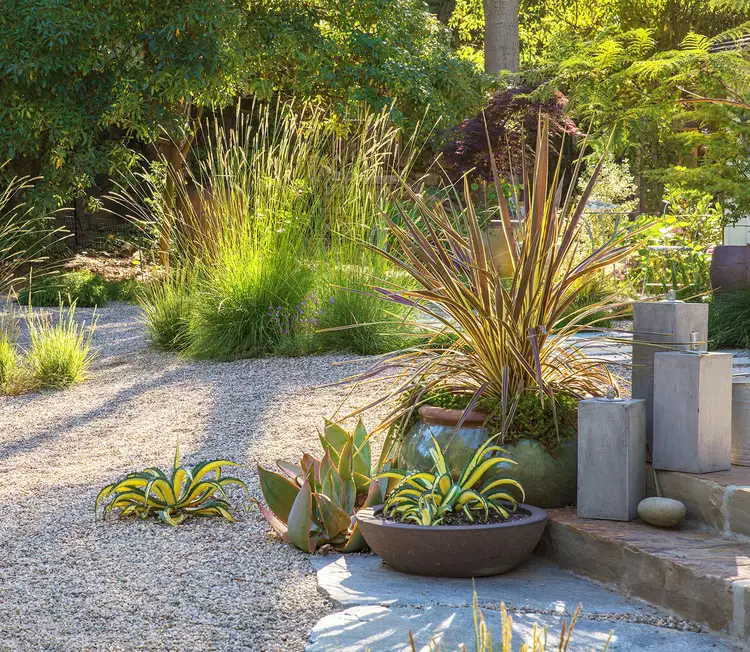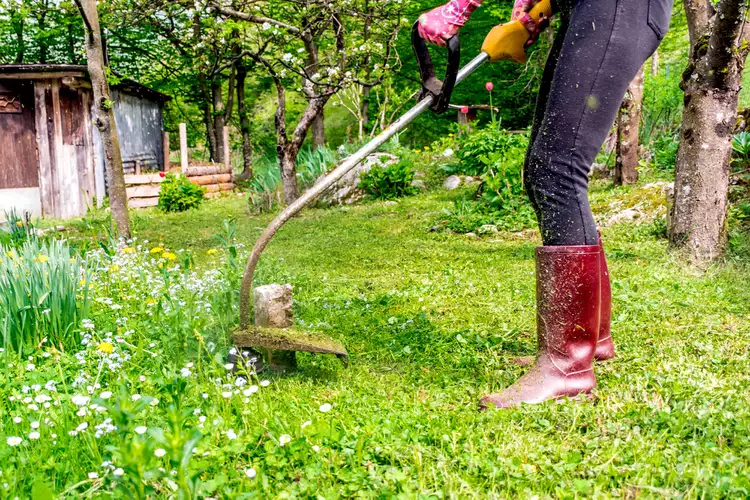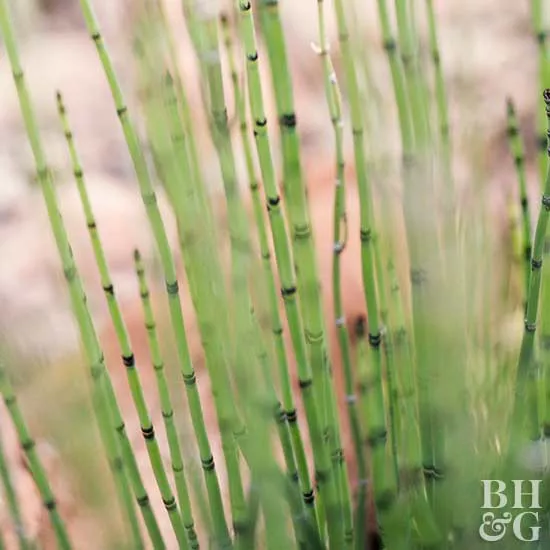Just about every school child learns about milkweed because this plant is essential food for monarch butterfly caterpillars. There are actually several types of milkweeds (Asclepias spp.), all of which are native to North America. Most also make beautiful, low-maintenance additions to gardens and landscapes where they'll attract lots of different pollinators with their flowers.
Milkweed Overview
| Genus Name | Asclepias |
| Common Name | Milkweed |
| Plant Type | Perennial |
| Light | Sun |
| Height | 1 to 5 feet |
| Width | 1 to 3 feet |
| Flower Color | Green, Orange, Pink, Purple, Red, White |
| Foliage Color | Blue/Green, Gray/Silver |
| Season Features | Summer Bloom |
| Special Features | Attracts Birds, Fragrance, Low Maintenance |
| Zones | 3, 4, 5, 6, 7, 8, 9 |
| Propagation | Division, Seed, Stem Cuttings |
| Problem Solvers | Deer Resistant, Drought Tolerant |
Milky Sap for Defense
Milkweed plants have developed a couple of fascinating defense mechanisms to keep predators away. The main source of the defenses is also what gives the plant its common name—the milky white latex sap. The sticky sap and all parts of the plant contain high levels of a compound toxic to all vertebrates. Monarch butterfly larvae have the ability to store this lethal compound in their body, making them toxic to vertebrates as well. This is what gives monarchs their characteristic bad taste that keeps predators away.
The second defense these plants have is the sticky characteristic of the sap itself. Milkweed plants keep their sap under high pressure, so that when they are damaged or bit into, it quickly gushes out. In some cases, such as when the predator may be a very small caterpillar (including unwary monarch larvae), this sticky liquid can trap and even drown the insect. The sap also can gum up the chewing mouthparts of insects, preventing them from eating more.
Milkweed Care Tips
Milkweeds are tough and need very little care. These plants are typically native to grassland prairies, where plants compete for scarce resources. This has made milkweed plants tough competitors—they can thrive in poor soils, low water conditions, and harsh sun.
Light
Milkweeds are generally not tolerant of shade conditions, so give them as much sun as you can. Full sun is ideal, but milkweeds will grow in a little shade too.
Soil and Water
With the exception of a few species of milkweeds that are adapted to swampy conditions, this plant is extremely drought-tolerant as long as it has well-drained soil. It is also important to note that milkweeds are very slow to come up in the spring, so note where plants are to prevent damaging the tender new growth.
Fertilizer
Fertilizer is generally never needed for milkweeds. Adding a layer of compost in the spring will both provide all the nutrients needed and help keep weeds down.
Milkweed Fun Fact
The fluffy fiber produced on milkweed seeds that acts as a dispersal method is also sometimes called the Silk of America. This plant "silk" is very unique as the fibers are actually hollow tubes and are extremely water resistant. During World War II, stuffing for life jackets was in short supply, so they substituted milkweed silk. The fibers are also hypoallergenic and can be used to stuff pillows.
Pests and Problems
The main milkweed pest is the oleander aphid. This aphid is a bright acid yellow with black appendages, and it likes to feed on the tender top growth of milkweeds. These pesky bugs quickly form colonies and will cover the whole stem in just a few days. However, they don't tend to cause severe or lasting damage to milkweed plants—damage is usually cosmetic. The large amounts of honeydew they secrete can cause black sooty mold that is also unsightly.
To get rid of these aphids, spray with a strong stream of water or insecticidal soap. If left alone, the aphids will generally be preyed on by a variety of beneficial insects, so you could also just let nature run its course.
Types of Milkweed
Butterfly Weed
Butterfly weed (Asclepias tuberosa) offers fiery orange flowers that harmonize well with red, yellow, and other hot hues in the perennial border. It grows to 3 feet tall. Zones 3-9
Common Milkweed
Common milkweed (Asclepias syriaca) has large ball-shaped clusters of deep pink blooms with a light fragrance. It grows between 2 and 5 feet tall. Zones 3-9
Prairie Milkweed
Prairie milkweed (Asclepias sullivantii) looks similar to common milkweed except that it has smooth stems and leaves and larger flowers. The leaves have a distinctive upward sweep. The plant grows 3 feet tall. Zones 3-7
Swamp Milkweed
Swamp milkweed (Asclepias incarnata) is a long-blooming perennial with delightful rosy pink blooms. It grows 4-6 feet tall. Zones 3-8
Milkweed Companion Plants
Catmint
Catmint (Nepeta spp.) is one of the toughest perennials you can grow. It's a proven performer during hot, dry weather, and the silvery foliage and blue flowers look fresh, even through droughts. Deadhead or cut back hard after first flush of bloom to encourage more flowers, which are magnets for all sorts of pollinators. Zones 3-9
Coreopsis
Also called tickseed, coreopsis produces (usually) sunny yellow daisy-like flowers that attract butterflies for weeks in summer. Depending on the variety, coreopsis can also bear golden-yellow, pale yellow, pink, red, or bicolor flowers. It will bloom from early to midsummer or longer as long as it's deadheaded. Zones 3-9
Feather Reed Grass
Feather reed grass (Calamagrostis x acutiflora) is a tall ornamental grass that adds a stunning vertical architectural element to a landscape, even in winter. Its seeds are sterile so it won't spread itself around. It grows about 5 feet tall. Zones 4-9.
Garden Plans for Milkweed
Butterfly Garden Plan
Colorful butterfly wings will add an extra dimension to this garden bursting with easy-to-grow perennial and annual flowers that are irresistible to these pretty creatures. A variety of blossoms offers nectar to adult butterflies, while leafy food sources, such as parsley, nourish the larvae.
Easy Bird and Butterfly Garden Plan
This low-maintenance garden will bring lots of pollinators buzzing around your landscape. It's filled with tried-and-true favorites, such as catmint, butterfly weed, bee balm, and aster, that will produce a ton of color all summer into fall, while providing the nectar, pollen, and seeds that will draw wildlife, including butterflies, bees, and birds.

